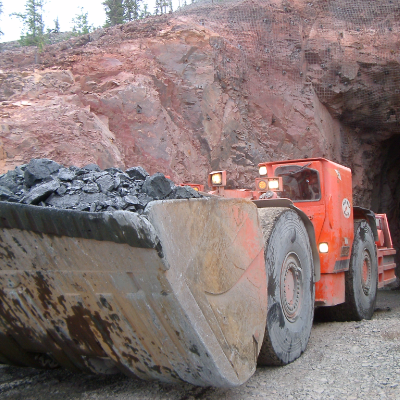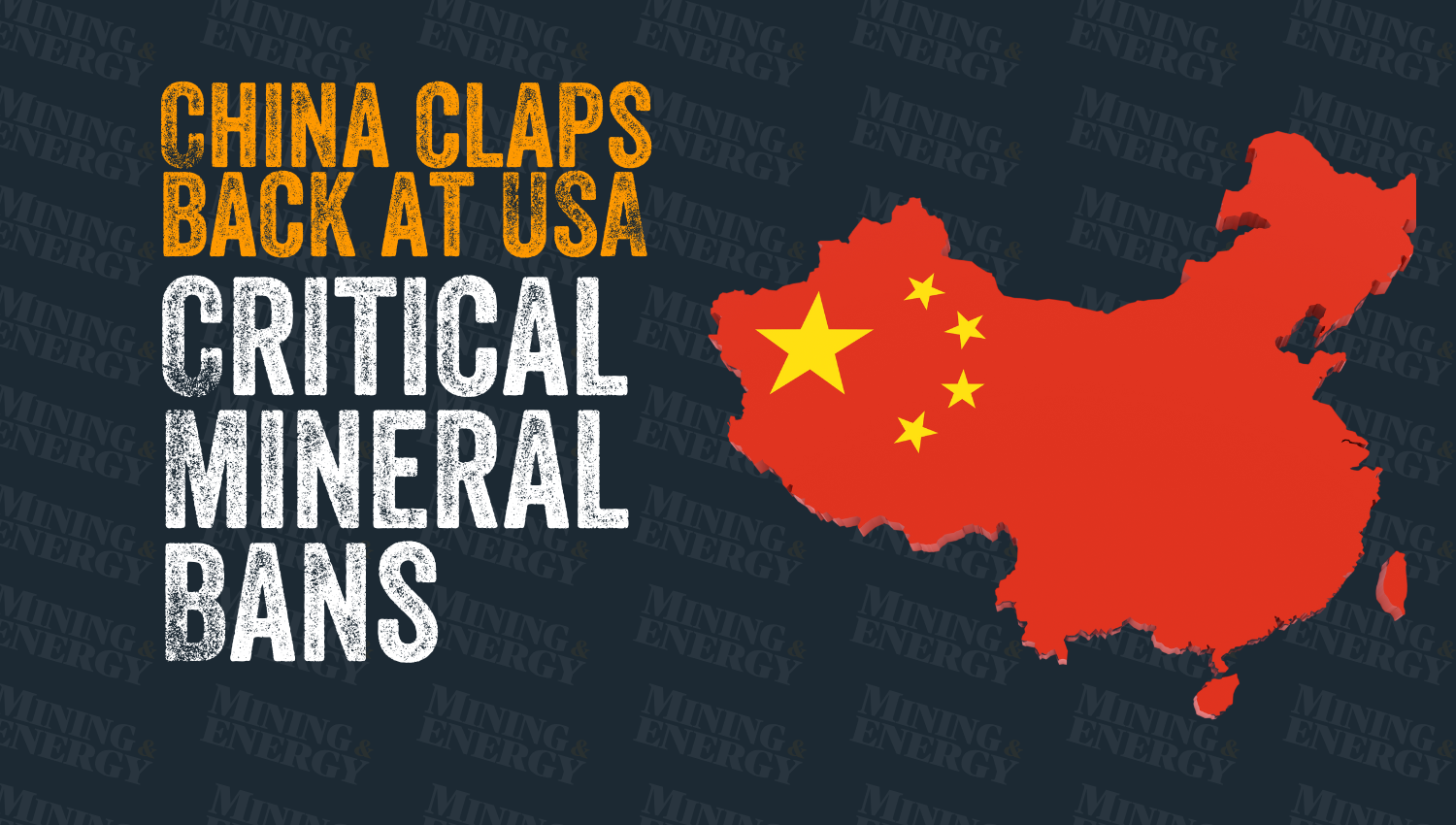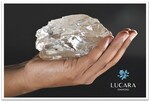Cobalt demand grows

Test mining is complete at Fortune Minerals' NICO cobalt-gold-bismuth-copper project in the Northwest Territories. — Photo courtesy Fortune Minerals L
Test mining is complete at Fortune Minerals' NICO cobalt-gold-bismuth-copper project in the Northwest Territories. — Photo courtesy Fortune Minerals Limited
Cobalt is primarily extracted as a byproduct of copper and nickel mining. However, its lengthy list of uses and its growing importance in the rechargeable battery industry mean there is greater need for sources of cobalt that are not tied to the production of copper and nickel. Fortune Minerals Limited, a Canadian mining company based in Ontario, has been a part of the cobalt discourse since its discovery of a large cobalt-containing, polymetallic deposit in the Northwest Territories in 1996.
“This was at the infancy of demand for cobalt in batteries as the lithium-ion battery was just being commercialized,” said Robin Goad, president and CEO of Fortune Minerals. “The cobalt chemicals are now a much more important part of the business, with batteries now accounting for more than half of global cobalt demand,” he said.
Goad explained the many uses of cobalt and Fortune Minerals’ role in contributing to supply as its demand increases: “It's used in metallic forms as well as chemicals,” he said. “Cobalt is also used in catalysts, to make plastics and as a source of vitamin B12. It is used in pigments to give you that brilliant blue colour, and in super alloys,” alongside plenty of other applications. Cobalt is used most importantly in the batteries of portable electronic devices and electric vehicles.
An electrified automobile industry
Battery production accounts for most of the cobalt demand. “Where we are really focused right now is on the very significant demand growth in lithium-ion batteries,” said Goad, particularly for the use in electric cars.
“Consumer acceptance of the electric car is a transformative event now underway that is changing not only the automobile industry, but mining and energy because the electric cars—as well as stationary storage cells—are going to require huge batteries and large volumes of cobalt,” said Goad. “These batteries typically are comprised of cathode chemistries called NCA, which stands for nickel, cobalt and aluminum; or NMC, which is nickel, manganese and cobalt. These are 10 and 20 per cent cobalt by weight.” That’s a huge amount of cobalt needed to meet the demand.
While the spotlight is on Tesla’s electric vehicles, Goad said that it’s not just Tesla racing for batteries: “In fact, almost every major automobile company in the world is putting out electric models.” The automobile industry is being electrified, as hybrid electric cars transform into solely electric cars. Obviously, the attempted switch to new power sources is a step in the right direction when it comes to the environmental impact of the automobile industry.
Unsurprisingly, the push to vehicle electrification has resulted in many billions of dollars being invested to develop mega- and gigafactories all over the world with the sole purpose of producing more batteries to realize economies of scale and drive down the price of these vehicles so they are affordable for the mass market. Clearly, many of the world’s largest companies are on board to make environmentally friendly vehicles both feasible and accessible.
The NICO Project
Most of the world’s mined cobalt currently comes from the Democratic Republic of Congo—a country that faces huge amounts of corruption. Importing supplies from a country that is consistently ranked as one of the least stable poses certain risks in the production of batteries. Adding to this risk is the concentration of cobalt refining in China—the combined impact of this involves the traced path of cobalt from risky artisanal mines in Congo, to refineries in China, to the batteries in brand name consumer products. Fortune Minerals’ proposed, tested and ready-to-build mine, mill and refinery will shift the attention to North America and will help reduce the risks to the battery supply chain. The specific goal of the proposed vertically integrated project is to be a North American source of cobalt chemicals for global battery manufacturers.
The NICO Project is a cobalt-gold-bismuth-copper deposit. This means that NICO is not just a significant cobalt deposit.
“NICO is a polymetallic deposit that also contains more than one million ounces of gold,” said Goad. One million ounces of gold is just as much gold as is contained in many stand-alone gold deposits. NICO also holds one of the world’s largest bismuth deposits—a material that is an environmentally safe, nontoxic replacement for lead. Copper is the fourth and a minor component of the NICO deposit.
Fortune Minerals has invested $115 million in NICO since discovery. About $600 million is required to build the mine and mill in the Northwest Territories as well as the refinery planned for Saskatchewan. The company is looking for project financing to make NICO a reality and is currently in discussion with interested parties.



